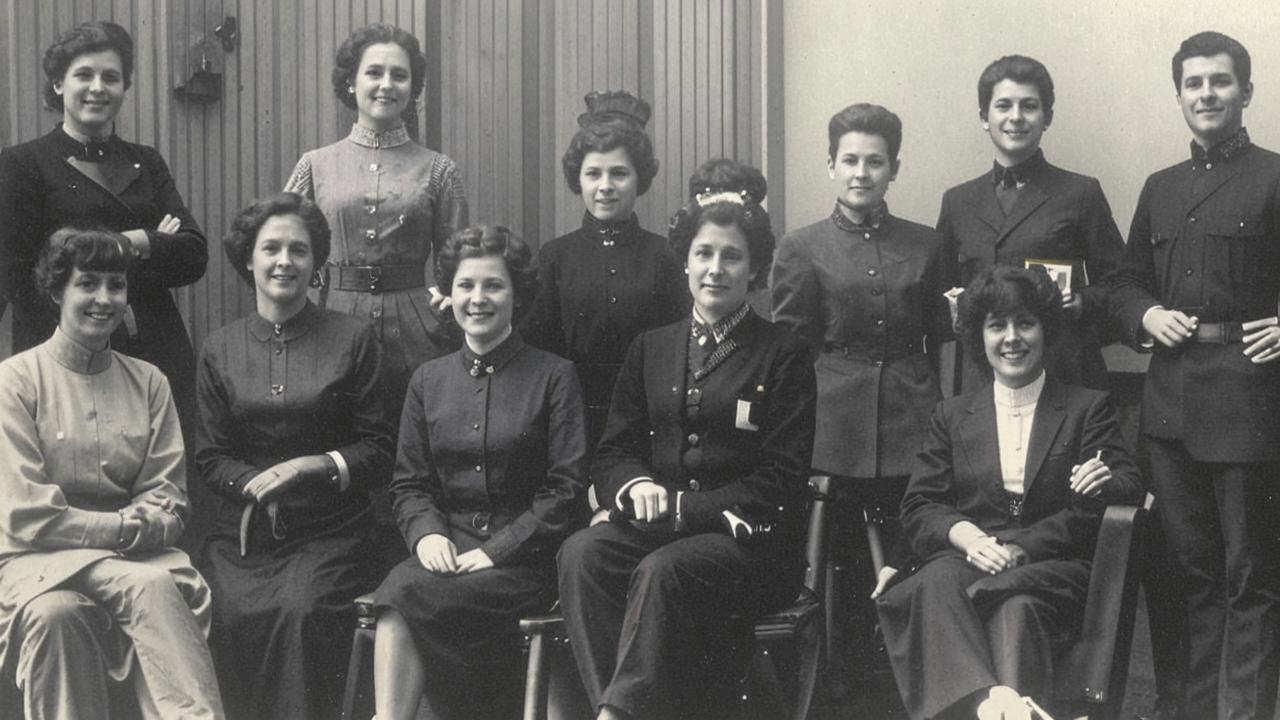
Pro-Visioni president, Vinogradov.story kogukonna autor
“Sometimes it’s enough to change your lifestyle for a while to get inspired – go to nature, go for a jog or cook something delicious. And if these methods do not work, there is always a guaranteed way to recharge yourself with beauty – to walk in the luxurious interiors of an ancient palace or castle, in the epicenter of concentrated beauty. Where you can do it, I will tell you in the article.”
Gatchina Palace, Leningrad Region
The palace in Gatchina is the only country residence in the Leningrad Region, built on the model of medieval castles. Executed in the style of classicism, with symmetrical towers and carriage houses, it received the unofficial status of “the residence of the Russian Hamlet”, Emperor Paul I. It was under his reign that a parade ground was laid out in front of the palace, where military reviews and parades were organized. The second facade overlooked one of the first landscape parks in Russia on the shore of the picturesque Silver Lake.
The austere Gatchina Palace sharply contrasts in mood with the lush suburbs of St. Petersburg – it is restrained, correct and even in sunny weather remains as serious as possible. Just what connoisseurs of classical aesthetics need.
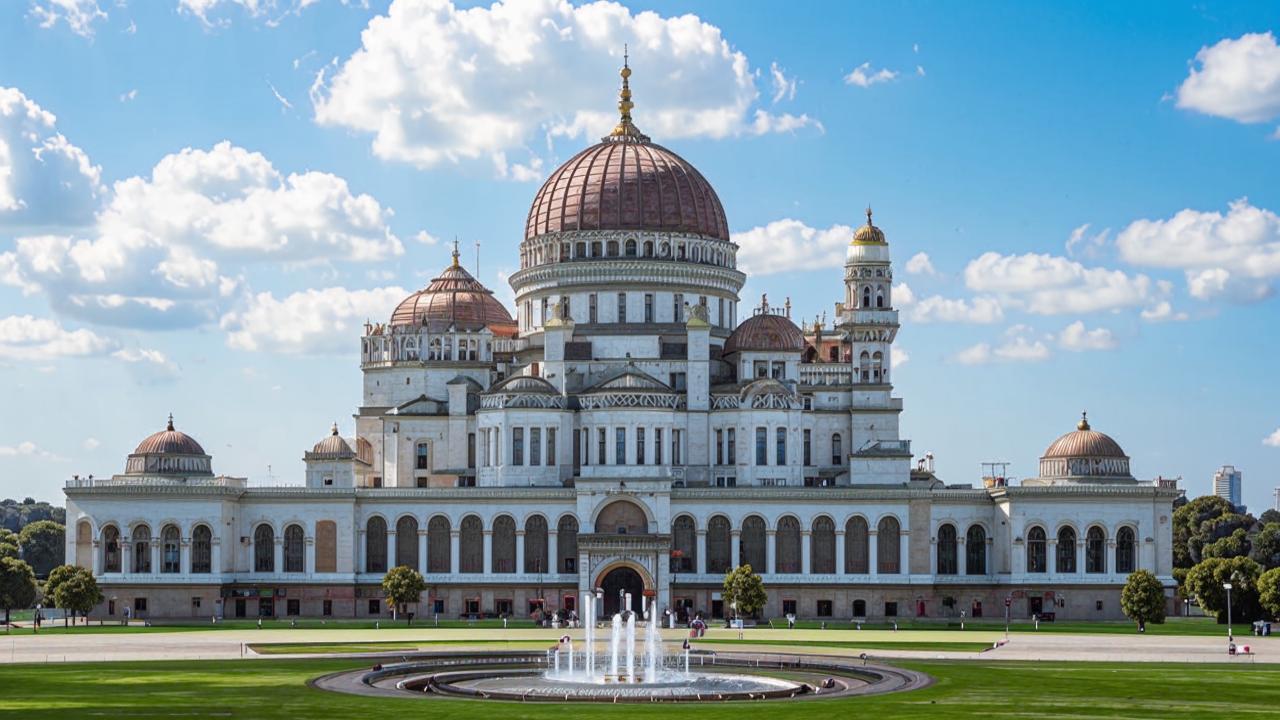
Gatchina Palace
Waldau Castle, Kaliningrad Region
Not far from Kaliningrad, in the village of Nizovye, an ancient Prussian castle belonging to the Teutonic Order has been preserved. Despite its neglected condition, it still remains one of the most interesting architectural objects in the region: professional photo shoots and movie shoots are often organized here.
If you dig into the biography of Waldau, you will find some big names – for example, Peter the Great, who visited the castle during the Great Embassy. There are no celebrities among the current guests, but there is an interesting museum of the castle’s history and a group of enthusiasts who keep the 750-year-old castle alive as much as they can.
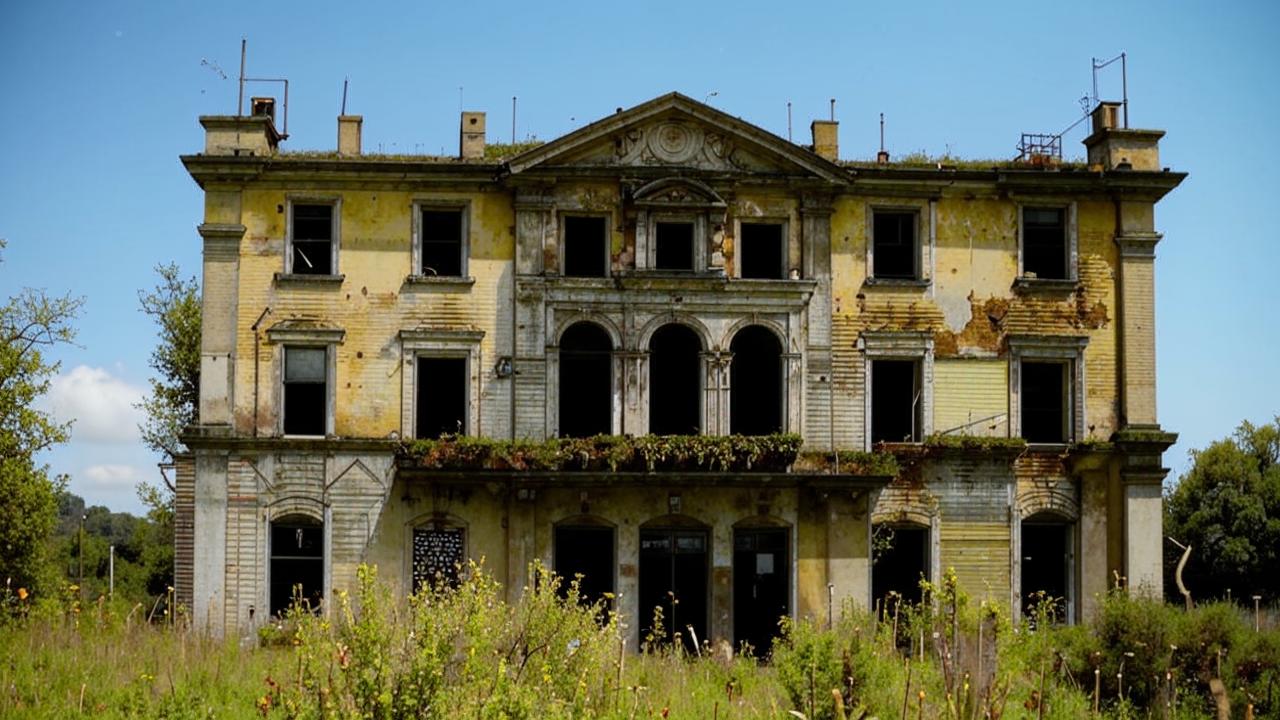
Waldau Castle
Palace of the Emir of Bukhara, Stavropol Territory
At the beginning of the XX century in Zheleznovodsk appears a construction not typical for these places – an oriental castle in the pseudo-Mauritanian style with skillful carvings, arabesques, arcades and tiles. The palace was built for the Emir of Bukhara Seyid-Akhad-Boghodur-Khan, who was enchanted by the Caucasian mineral waters and wanted to have his own residence here.
Today the Emir’s castle is a part of the sanatorium complex, and it is impossible to get close to it. However, even from a distance you can easily see all the most significant elements of the exterior, which, unfortunately, cannot be said about the interior decoration of the palace.
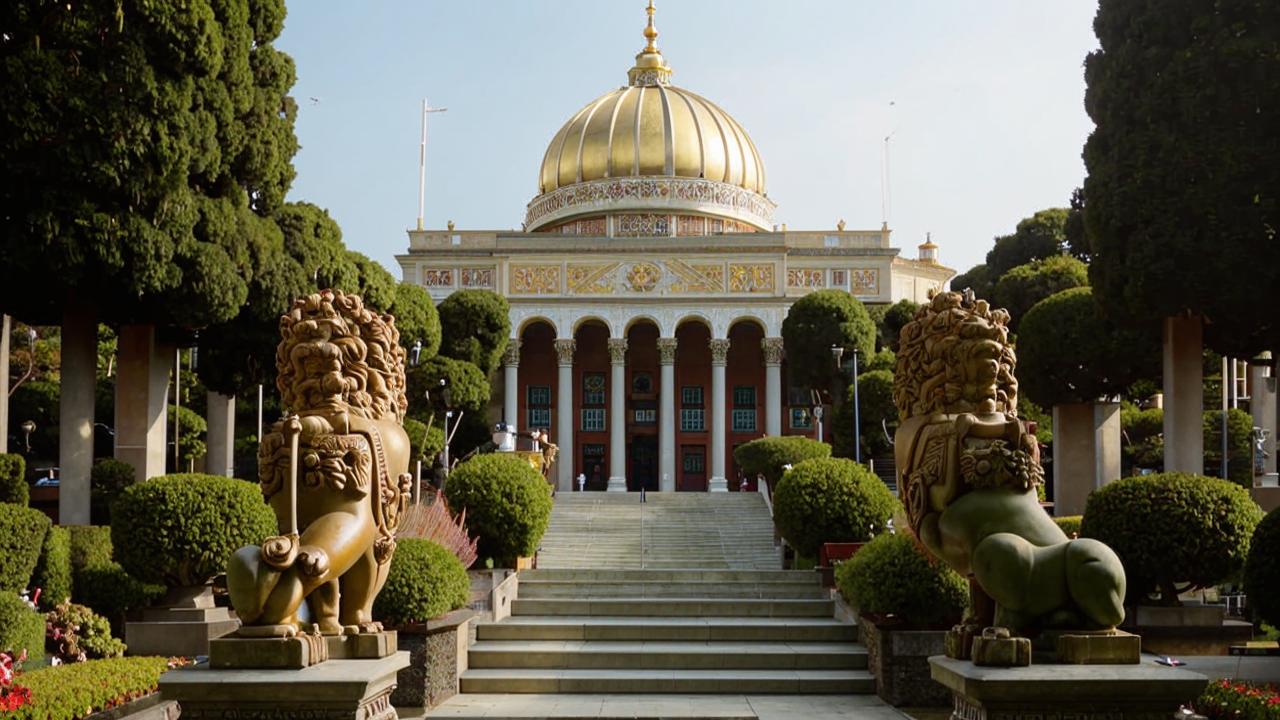
Palace of the Emir of Bukhara
Vorontsov Palace, Crimea
The palace ensemble at the foot of Ai-Petri is an example of symbiotic neighborhood of different architectural styles. Count Vorontsov, who ordered the palace, was a convinced Anglomaniac, and therefore entrusted the construction of the castle to the British architect Edward Blore. However, the idea to embody the “Tudor style” on the Crimean land received unexpected continuation.
Thus, local magmatic diabase was chosen as the main building material. And the decor reflects oriental motifs, the inspiration for which was the Spanish Alhambra. As a result, the peninsula received one of the most recognizable and grandiose symbols, which can be compared in popularity with only a very different castle – the chamber Swallow’s Nest.
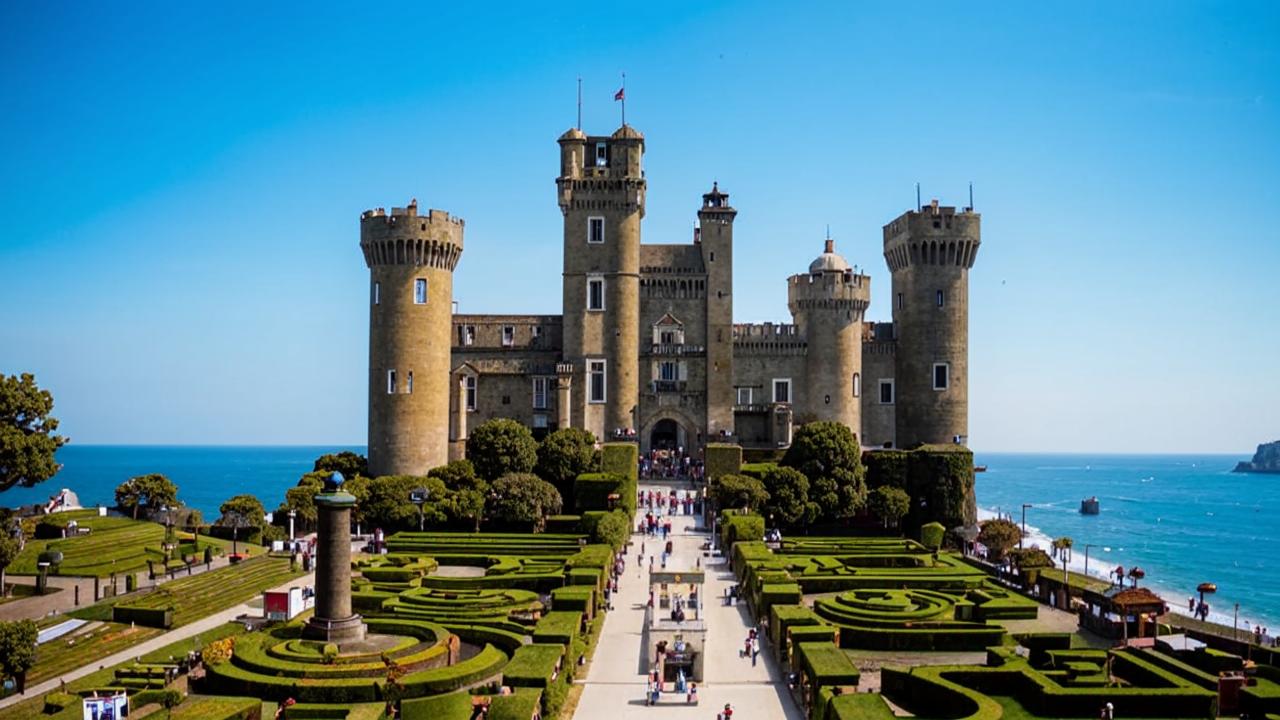
Vorontsov Palace
Sheremetev Castle, Mari El
If you do not know where Sheremetev Castle is located, it is easy to assume that it is located somewhere in Bavaria – there are red brick, and “gingerbread” facades, and crenellated turrets, and clearly defined asymmetry. The palace is often called “the pearl of the Volga region”, emphasizing its dissimilarity to everything that was and is being built on the Volga banks.
And to fully feel the uniqueness of this place, you can spend the night in the castle, staying in the smoking room, library or servants’ quarters turned into hotel rooms.
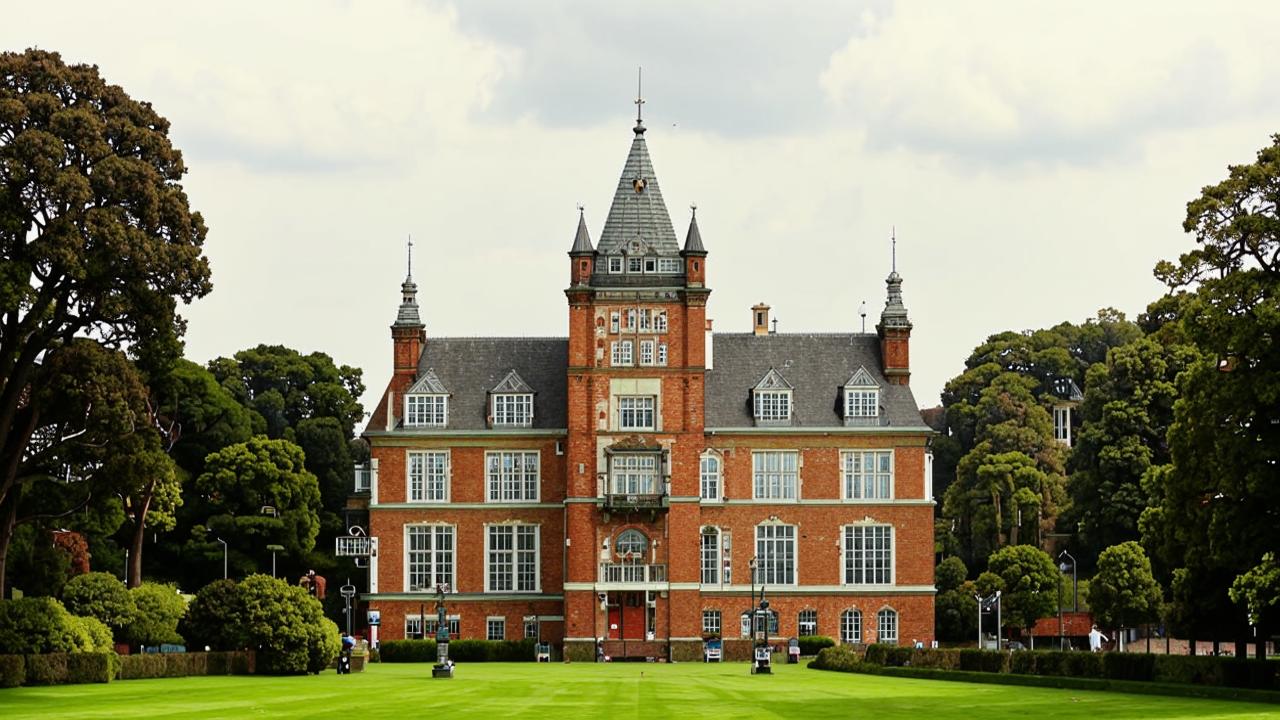
Sheremetev Castle
Princess Oldenburg’s Palace, Voronezh Region
In the Russian countryside, in the forests of Voronezh province, the neo-Gothic palace looks foreign – unexpected, but very interesting. Despite the fact that the estate was presented to Princess Oldenburgskaya by the Emperor himself, nothing here has ever reminded of imperial luxury. Rather, it was more about rationality, restraint and simplicity.
However, the owners managed to convey their fine taste even through such seemingly deliberately restrained solutions – in wrought iron details, lancet windows, snow-white teeth and chimes on the octagonal gate towers.
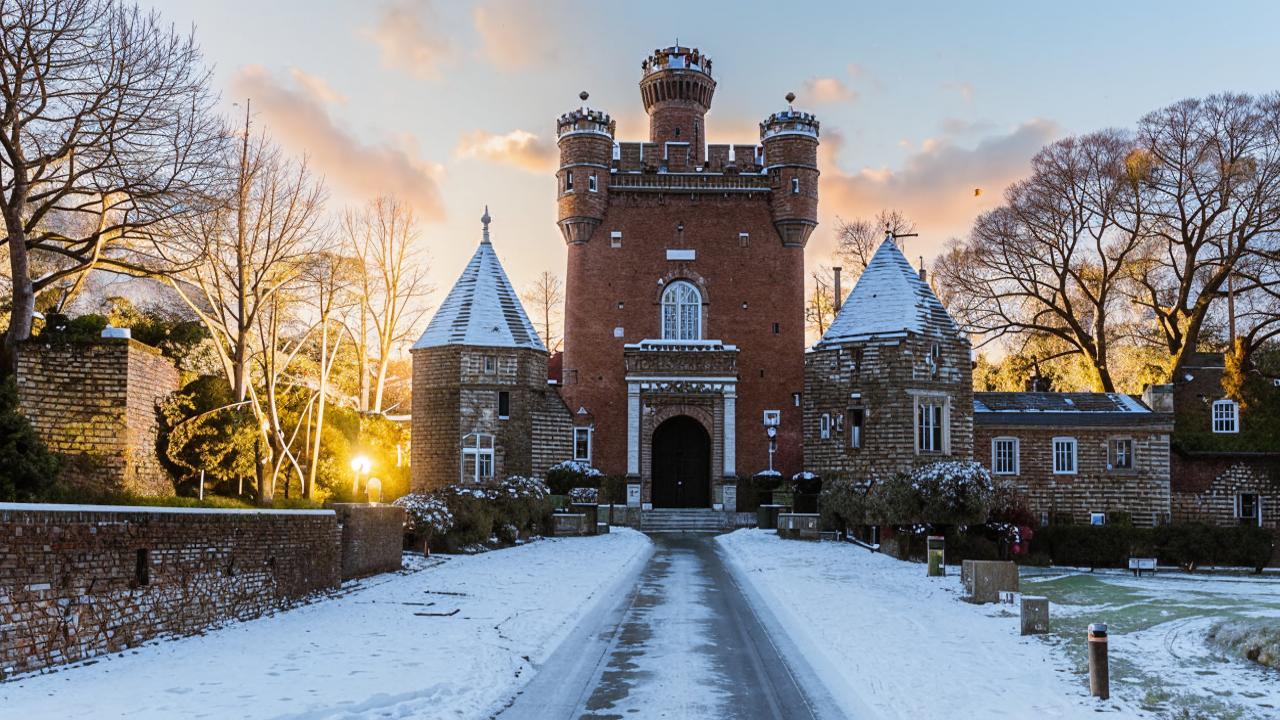
Princess Oldenburg’s Palace
Vyborg Castle, Leningrad Region
Having survived more than one historical epoch, Vyborg Castle remains one of the few medieval fortresses in Russia. St. Olaf’s Tower, which rises above the city, can be seen on the approaches to the city and is considered its unofficial symbol, and its observation deck offers a fantastic view of Vyborg and the northern nature.
Every year festivals of historical and military reconstruction take place on the territory of the castle, which look very authentic in authentic scenery of their time. The castle returns to its main task – to protect the tranquility of Vyborg and delight the city’s guests.
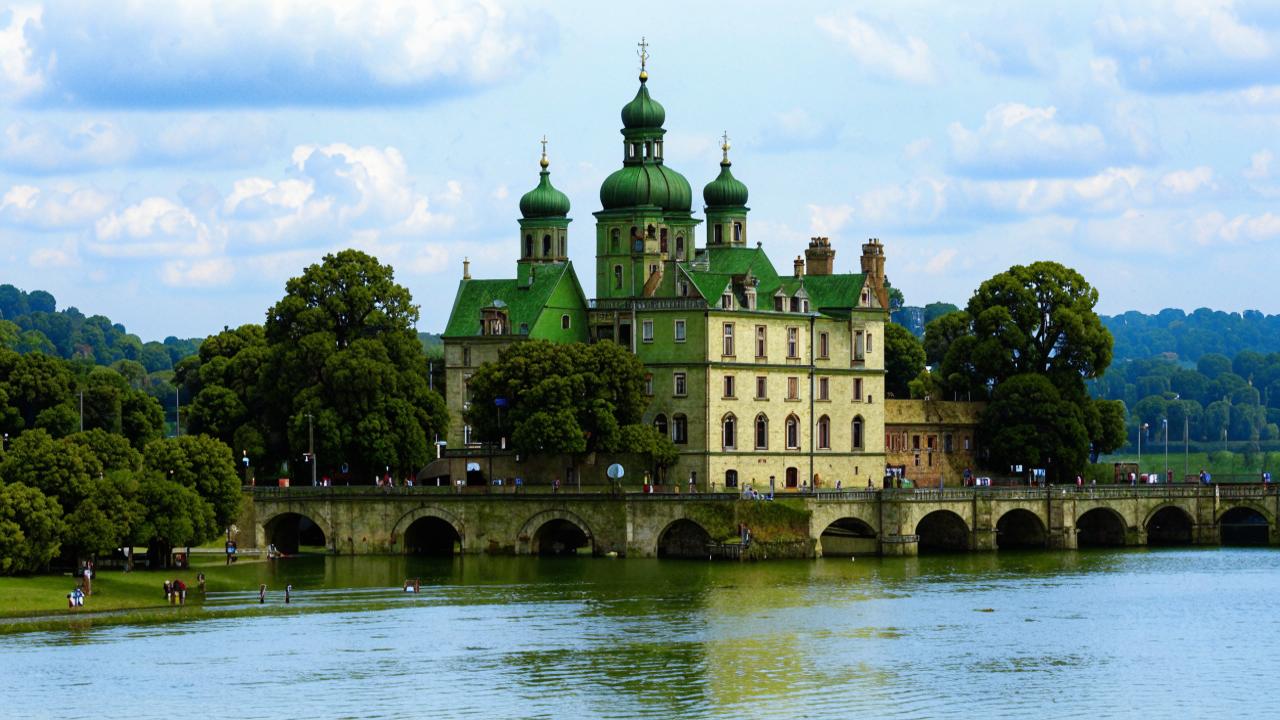
Vyborg Castle






